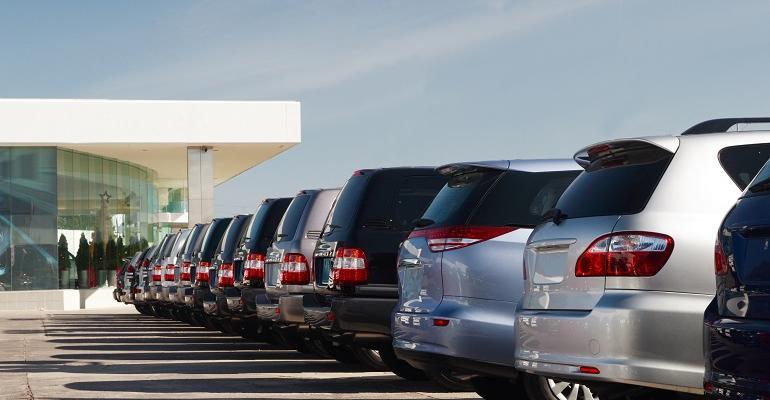It certainly has been a crazy year, to say the least. Almost every facet of our lives has been turned upside down – including how we buy things. Between temporary shutdowns, restricted hours and limited staff, retail has been spun on its head in 2020.
If you asked anyone before COVID-19 if their retail experiences outside of automotive were efficient, most people would have said, “yes.” Major retailers offered online ordering, streamlined inventory systems and added enough store employees to make purchasing feel like a breeze.
However, as the pandemic hit and stay-at-home orders took effect, the customer experience suffered in ways it hadn’t before. Almost every retail sector was impacted except automotive, which saw significant gains in efficiency and satisfaction. So, what's the difference? Let’s break it down.
Wait Times
If there was one thing in today’s on-demand economy that consumers rarely experienced, it was waiting. Unless it was Black Friday, consumers never thought twice about “running in” to grab something. Yet, with new restrictions in place, people have found themselves standing in long lines waiting to purchase everyday items.
Wait times have extended to online purchases. Even Amazon, the king of two-day shipping, has had a hard time keeping its promise to its everyday customers. And, as we know far too well in the automotive industry, time is a significant driver of satisfaction. The more people have to wait, the less satisfied they are with their experience.
Yet, with the world waiting during this time, something interesting happened in automotive: Purchasing a vehicle became more efficient than ever before. According to a recent Roadster study, 63% of people who bought a car between April and August said the process was faster than before and one-third of all vehicle transactions occurred in under an hour.
So, what drove such a significant efficiency gain in automotive when the rest of retail took a step backward? Before the pandemic, more than 90% of car buyers completed their transaction in the showroom.
But as showrooms closed, customer interaction moved online, which empowered customers to complete parts of the transaction on their own time, resulting in four times the number of customers doing some, if not all, of the transaction online.
Scarcity
Everyone, including automotive retailers, has felt the issue of scarcity this year. Whether it was toilet paper, hand sanitizer, gym equipment or your vehicle of interest, manufacturing has been significantly impacted by the closures that have occurred due to the pandemic.
The difference between toilet paper and cars, besides the obvious, is that toilet paper is a daily human need. When people got worried about running out, they began to hoard the available supply.
 While we would love nothing more than people buying cars in bulk, it is an unlikely occurrence, and the industry still had enough inventory to get customers from point A to point B.
While we would love nothing more than people buying cars in bulk, it is an unlikely occurrence, and the industry still had enough inventory to get customers from point A to point B.
But we haven’t just survived scarcity, we’ve thrived. With limited supply, profit margins rebounded, and we have been able to make as much, if not more, than before with less inventory.
Employee Experience
While other retailers suffered, dealerships not only were more profitable, but the employee experience also improved dramatically. With stay-at-home orders in place, dealerships had to provide their staff with access to technology that enabled remote work and customer engagement.
Between digital retailing, videoconferencing and mobile devices, many dealership employees began to engage with customers online – in the same way they interact with everyone else in their lives.
This has proved to be vital in attracting and retaining top talent. According to Roadster’s Millennial Job Study, 94% of millennials said technology plays a critical role in choosing their ideal job.
Technology also has allowed employees to work with multiple customers at once and turn what has been a very linear process in the showroom into a guided online experience at the customer's own pace.
Working deals in parallel has positively impacted compensation, enabling employees to sell 70% more cars per person. So, not only are employees more satisfied with the ability to use technology, they also are making a lot more money because of it.
More cars sold per person means more opportunity for dealerships to grow incrementally without hiring additional staff. In a world where everyday retailers are trying to get back to the efficiencies they once had, automotive is streamlining operations like never before.
 But, here’s my challenge to the automotive industry: Don’t look back. Gravity has a way of pulling us into decade-old habits.
But, here’s my challenge to the automotive industry: Don’t look back. Gravity has a way of pulling us into decade-old habits.
Fight it. With significant gains in CSI and net profitability under foot, we need to push forward and reap the rewards.
As in 2020, 2021 is going to be a wild ride. Are you up for it?
Michelle Denogean is chief marketing officer at Roadster, where she oversees all marketing, insights and analytics efforts.





